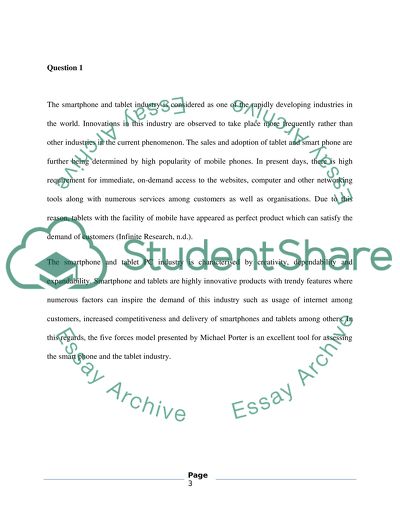Cite this document
(“Apple Essay Example | Topics and Well Written Essays - 4000 words”, n.d.)
Retrieved from https://studentshare.org/marketing/1397803-apple
Retrieved from https://studentshare.org/marketing/1397803-apple
(Apple Essay Example | Topics and Well Written Essays - 4000 Words)
https://studentshare.org/marketing/1397803-apple.
https://studentshare.org/marketing/1397803-apple.
“Apple Essay Example | Topics and Well Written Essays - 4000 Words”, n.d. https://studentshare.org/marketing/1397803-apple.


